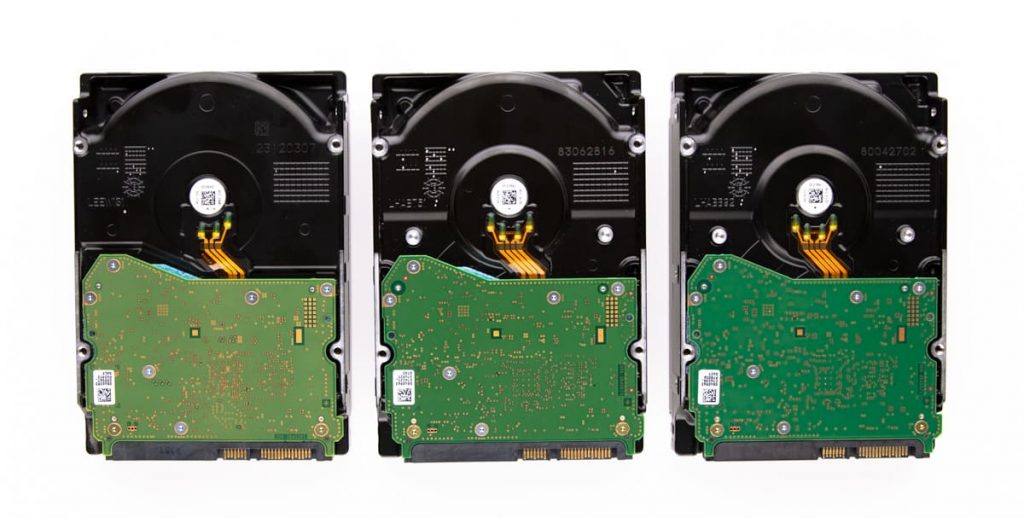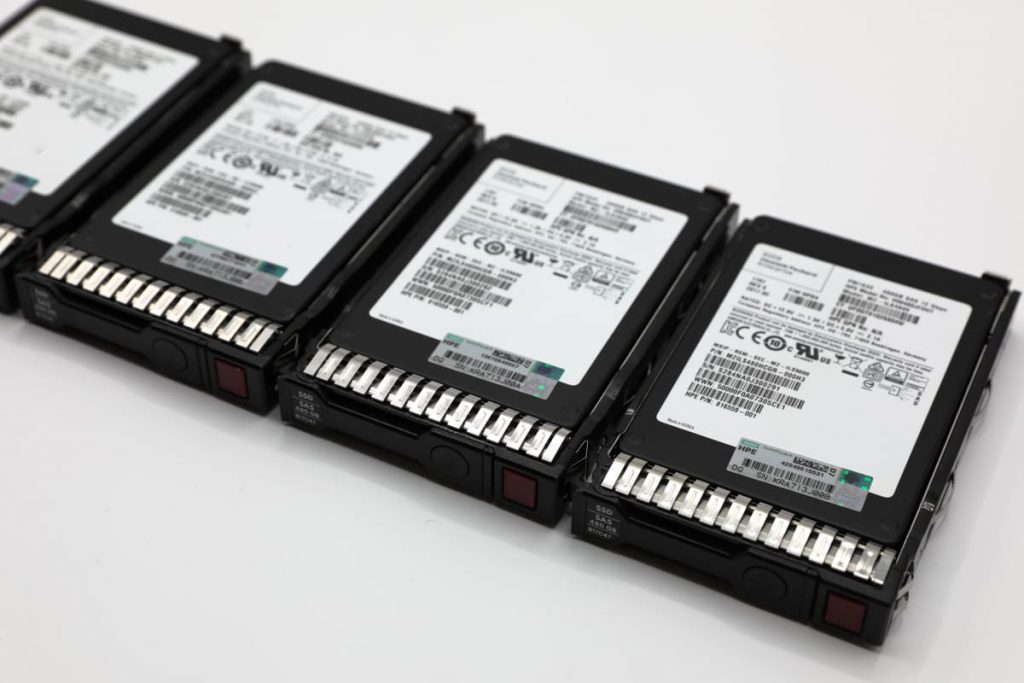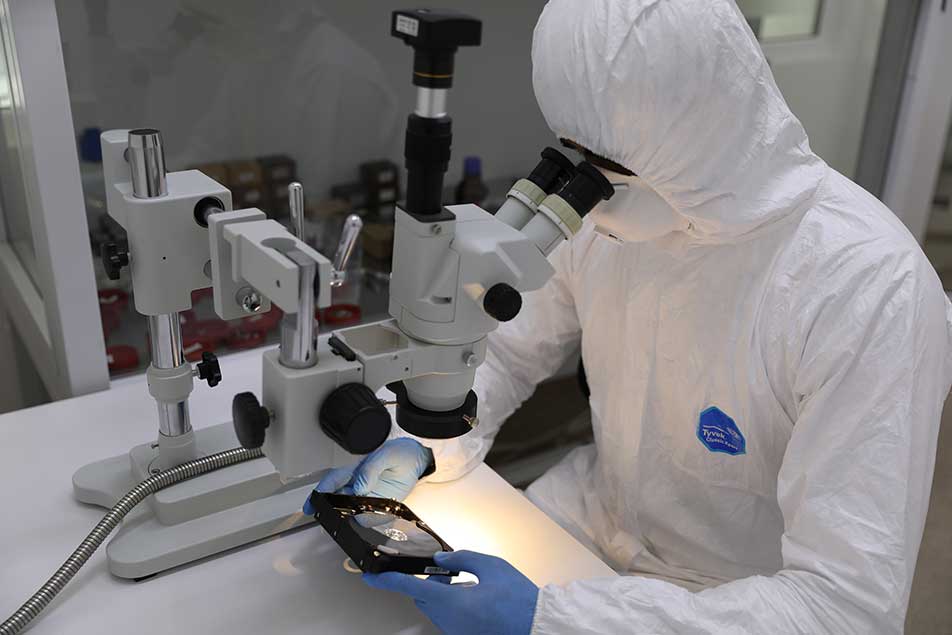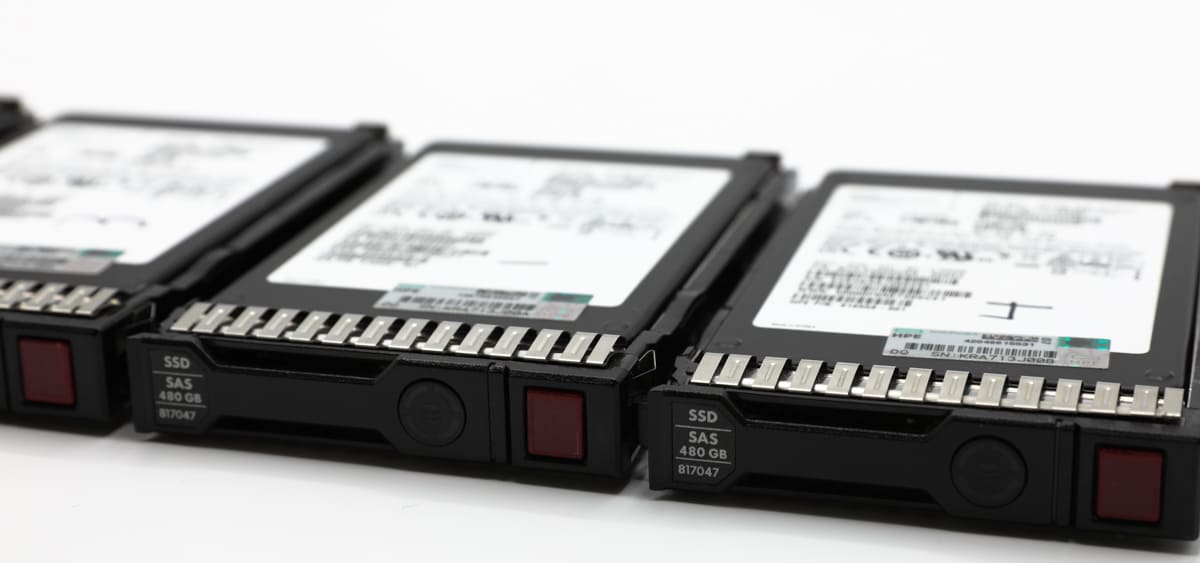A Redundant Array of Independent Disks is a collection of several disks interconnected by data transmission channels and combined into a single storage device. RAID can provide storage redundancy, which benefits the reliability of the entire storage subsystem.
Unfortunately, there is nothing to compensate for the “shortage” of the necessary blocks. It often goes unnoticed, sometimes for years, and the disk does not have to be faulty. It can just fall out of the RAID for some reason. After a failure, let there be a power surge or an unscheduled server reboot, the data becomes inaccessible.
What You Should Avoid When RAID Fails
No matter what hard drive you use to form a RAID array, it is only a matter of time before you have to recover lost data from it. Whether mechanical or logical damage, data recovery from RAID or server hard drives will always be a problem.
Things You Should Avoid when Your RAID Fails:
- Do not disconnect your hard drive from a RAID, or you will cause a head crash.
- You should not unseal the drive of the array to check its component. Any hard drive unsealing procedures must be done in professional laboratories, mainly in certified cleanrooms.
- Many people tend to use DIY recovery methods, such as data recovery software. However, the chances that recovery software will overwrite lost data are pretty high. So using recovery tools, you may irreversibly lose all of your essential files.

And most importantly, do not entrust your device to an uncertified company, as you risk losing all your documents. Any failed attempt to recover the RAID array may cause data corruption.
How to Secure RAID Arrays
To ensure the safety of your device, regularly back up essential files.

Get in the habit of copying your most important information to additional HDDs weekly or monthly. A minimal investment in a stack of discs will save essential documents and priceless photos.
Keep your backups in a separate location. You should always back up important files, but if they are stored in the same location as your central server, you will have to recover lost information after a fire or flood.
Another essential thing to do is to use an antivirus. Viruses enter your RAID system in numerous ways. They may appear after reading an infected file attached to an email, sharing infected files online, or visiting websites that use holes in your system’s security to destroy information.
And one of the most critical safety options is to use surge protection. Whether caused by the power or lightning, a power surge remains the most common cause of data loss and possibly hard drive damage in RAID arrays, NAS, and servers.

How to Fix RAID Failure
When facing a failure, PC user usually attempt to recover data from a RAID themselves. However, it is always better to entrust vital data to professionals with years of experience who have already worked with the case like yours. If you are not a data recovery specialist, then even a cautious implementation of the steps to recovery does not 100% exclude any possible errors or pitfalls in your particular case.
All of this can worsen the quality of the recovery result and reduce the likelihood of its positive outcome. If you have a failed RAID system, properly shut down your array. Always exit all active sessions before shutting down.
When you quit all the active programs correctly, then essential data that you worked with before exiting is saved. If you turn off your device without correctly closing active programs, the risk of losing information increases.
Never do anything like installing a hard drive or repairing it unless you have experience with it. If you do not know how to install a hard drive or reinstall RAID, it is best to get the help of experts instead of accidentally losing important information. Data recovery is impossible without specialized hardware and knowledge of RAID levels. Therefore, seek help only from qualified specialists.
Data Recovery Services For RAID Arrays
Contact PITS Global Data Recovery Services to receive maximum results in the shortest time possible. Our highly qualified engineers work with a wide variety of RAID levels. We have enough experience and skills to emulate a RAID controller properly and extract all the data without corrupting the files. Our engineers make virtual images of all hard drives and determine the correct values.

Our data recovery specialists work only in the Certified ISO Class 10 Cleanroom. Using this facility, we can ensure the safety of sensitive hard drive components and eliminate dust particles according to established standards.
All of our labs are equipped with modern data recovery tools such as ultrasonic cleaners, soldering irons, infrared soldering stations, etc. The key to successful data recovery from a broken hard drive is the availability of the necessary donor disk.

Donors are different. Some are used to replace components such as electronic boards, magnetic blocks of heads, spindle motors, and hot swaps. And we should not forget about the destination disks, on which a sector-by-sector copy is made when working with a damaged HDD.
Contact PITS Global Data Recovery Services today at (888) 611-0737 to receive professional services for various RAID arrays. Our engineers will get all the vital documents back to you in no time.
